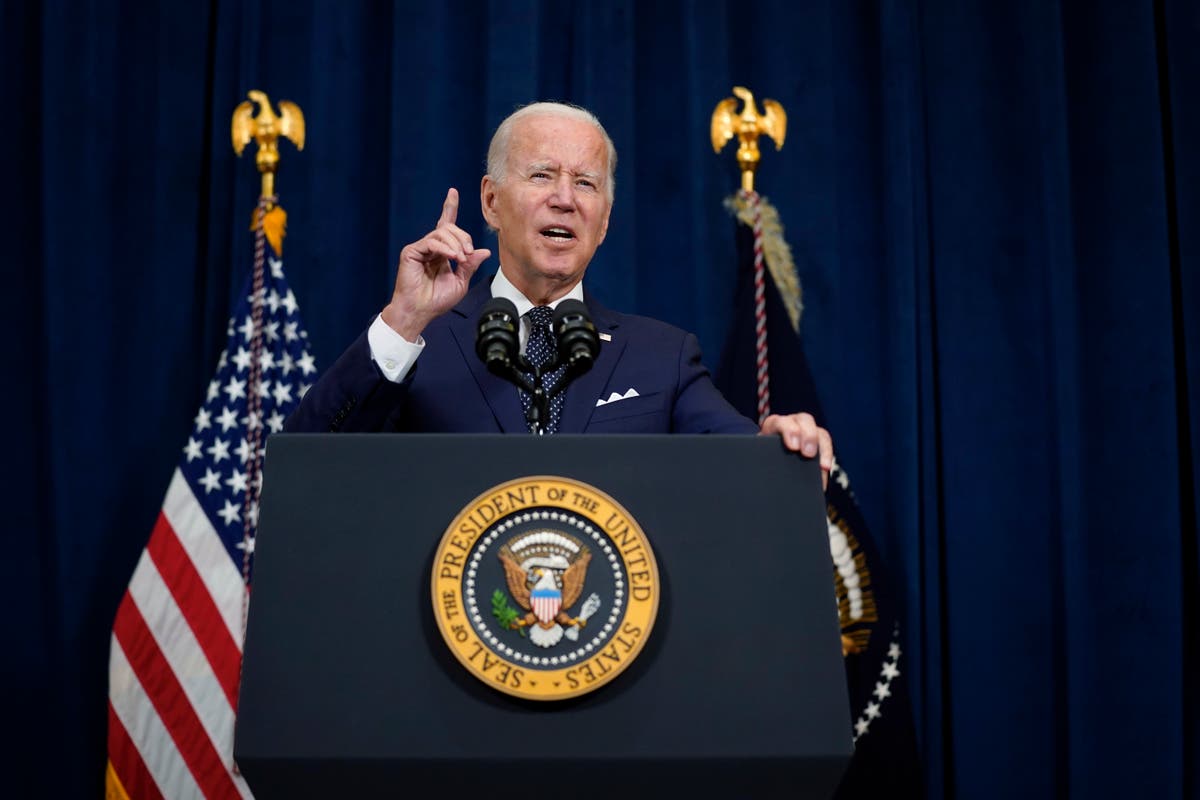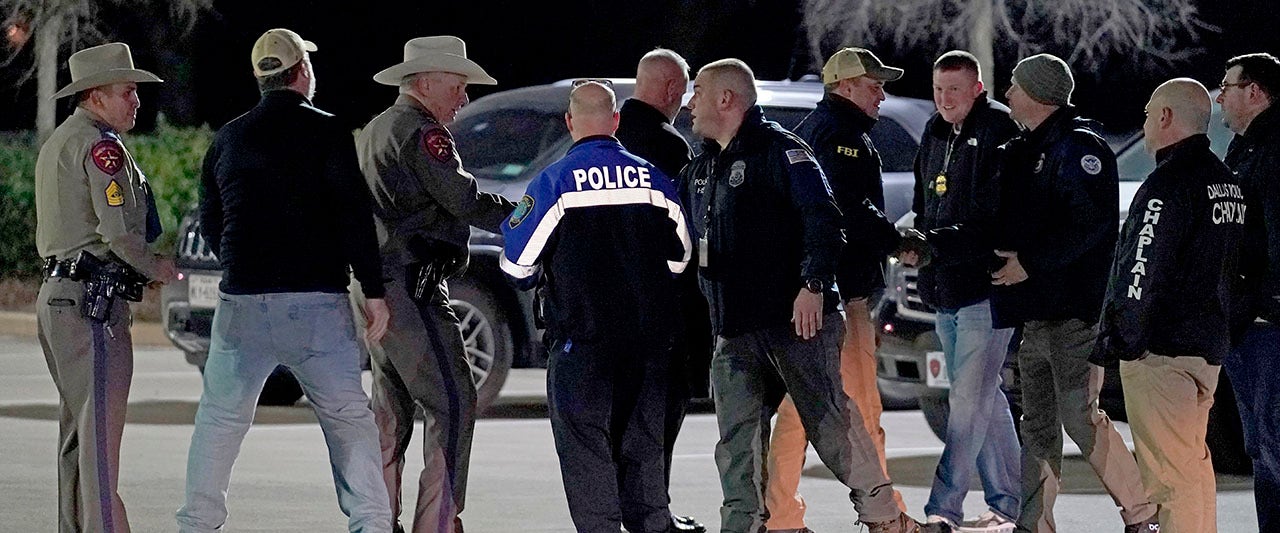‘We’re all treaty people’: Dehcho Dene reflect on legacy and future of Treaty 11
As people gather around the arbour in Fort Simpson, N.W.T., this week to drum dance, feed the fire and gather for feasts, they’ll reflect on the legacy of Treaty 11.
One hundred years have passed since the treaty weaved its way through communities across the Northwest Territories. It was a document meant to map out the relationship between Dene, non-Indigenous settlers and the land.
In Dene Zhatie, Fort Simpson is known as Łı́ı́dlı̨ Kų́ę́, which means “the place where two rivers come together.” Treaty 11 commemorative events kicked off in the community on Monday and continue until Sunday.
Today, its legacy is difficult to grapple with.
“What are we commemorating, and what are we supposed to celebrate? When I reflect on this, I have more questions than answers,” wrote outgoing Dehcho First Nations Grand Chief Gladys Norwegian.
Norwegian has been reflecting on nahecho nezųh káeginiɂá, which means “our elder’s good intentions” in Dene Zhatie.
The treaty was meant to reflect how two distinct peoples intended to work together.
“Once the words of our treaty were written down, the document became very biased,” said Norwegian.
“It did not speak for everyone but claimed that it did.”
In this era of reconciliation, will we be any further ahead than 100 years ago? It is crucial that we remember who wants to write the story of reconciliation and how it is written.– Outgoing Grand Chief Gladys Norwegian
One hundred years later, the federal and territorial government have made commitments to right the wrongs perpetrated by Canada.
Norwegian asks, “In this era of reconciliation, will we be any further ahead than 100 years ago? It is crucial that we remember who wants to write the story of reconciliation and how it is written.”
Norwegian is not celebrating the treaty, but instead is focusing on Dene resiliency.
“Let’s come together to commemorate our self-determination this year, as that is what’s genuinely worth celebrating,” said Norwegian.
‘We’re still on the same journey home’
John Sabourin jumped at the opportunity to carve a sculpture to embody Dene resilience. It will be unveiled in his hometown a century after the signing of Treaty 11.
Originally from Fort Simpson, Sabourin has been carving for more than 25 years.

A few years ago, he participated in the Nahanni River of Forgiveness trip. For the first time in more than a century, a moosehide boat travelled down the Nahanni river, docking in Fort Simpson.
Sabourin wanted to reflect the journey in his sculpture, with images of spirits and animals in the boat.
As he carves the sculpture, he’s not necessarily thinking about the treaty itself. Instead, he’s inspired by Dene resilience, the stories they share and the power of connections.
“To me, it’s not a celebration,” he said.
“We’re still together. We’re still on the same journey home,” he said.
‘We need to get the record straight’
As Łı́ı́dlı̨ Kų́ę́ began planning Treaty 11 events this year, Chief Gerald Antoine said they kept the teachings of their elders close to heart.
Treaty-making is not new to the Dene. For millennia, treaties informed how different nations would work with each other, but Treaty 11 marked a break from tradition.
“We need to get the record straight and so we need to commemorate the understanding of the Dene, and what that relationship is about,” said Antoine.

In that vein, Antoine said that this week’s events prioritize the power of relationships, incorporating all living entities.
“Our families, like branches on the tree, we all grow in different directions. Our roots remain as one,” said Antoine.
What will the next 100 years look like?
Dëneze Nakehk’o, an activist and creator who co-founded Dene Nahjo, a non-profit organization focused on revitalizing Dene culture, explained how he intends to reflect on the legacy of the treaty, and how it informs the present and the future.
Nakehk’o, who’s wearing a sweater that says “decolonize,” says that often, people feel the treaty is a “figment of the past,” but in reality it still sets the basis for the relationship between Dene, non-Indigenous people and the land.
“We’re all treaty people,” he said. “We live with it everyday.”

He sees the 100 years milestone as an opportunity for people who aren’t as aware of the treaty to learn and reflect.
“It’s the time now for people to have a little bit of courage to get out of their knowledge system, their comfort zone, to try to listen, understand and believe Indigenous peoples.”
Western European ways of knowing have become the standard, but Nakehk’o said “the deal is about two equal sides,” and as he reflects on the anniversary, he sees a path forward.
Canada inherited the Westminster system of government from the United Kingdom, which Nakehk’o says doesn’t fit the needs of a vastly different country. He sees the treaties as a way for Canada to “create a system of governance that actually makes sense” for the people who live here.
A future of Indigenous governments is on the horizon, but Nakehk’o wonders what the territory will look like when that becomes a reality, and how the next 100 years will unfold.




